Interview with Johannes Mundinger as part of the the Wall+ mural project
How did you get into art and urban art specifically?
I kind of stumbled into it by accident because I just love painting and drawing so much. And of course, it’s even more fun to paint with your whole body rather than just pushing a small pen across a piece of paper. I originally studied illustration because I enjoy creating images for a purpose – especially for façades, since the artwork becomes part of public space and is visible to everyone.


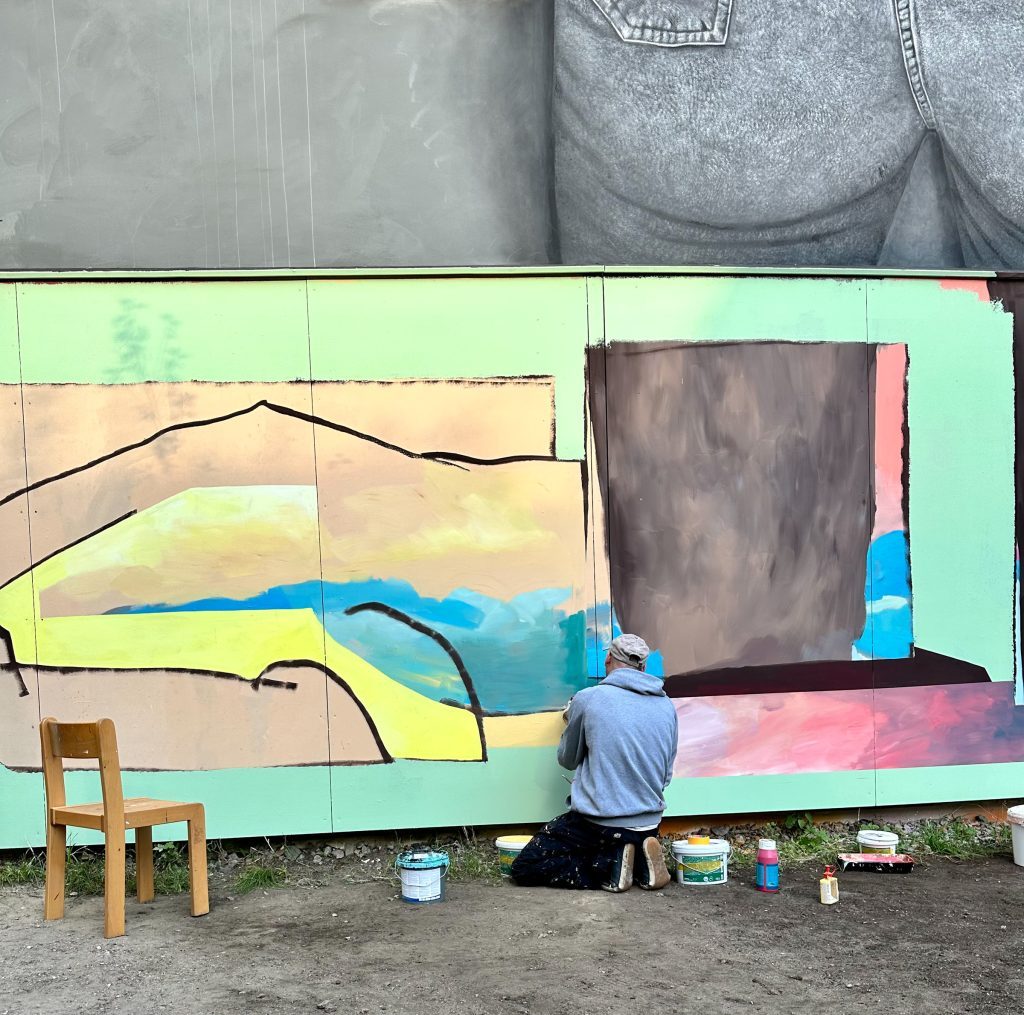

Are there any artists or movements that have particularly inspired you?
I’ve often been – and still am – inspired by people and artists in my immediate surroundings, by their approaches, techniques, and messages. Living in Berlin definitely helps with that, since so many exciting artists are either based here or pass through the city.
That said, I’ve also been deeply impressed by artists outside my personal circle – the playful approach of Fischli & Weiss, the use of color in the works of Caspar David Friedrich, Adrian Ghenie, or Katharina Grosse, the sketches of Kirchner, or the way groups like the Peng Collective or the Center for Political Beauty use artistic freedom for activism.
What does “style” mean to you, and how would you describe your own artistic style?
I like the idea that every image can be an original and doesn’t have to be a repetition. Too often, I find myself just varying details within my existing repertoire instead of developing truly new, independent images — but at least the intention to create something new is there.
Searching for a “style” sounds to me more like marketing — or even a lack of ideas — especially when the same motif is repeated endlessly in slightly different versions.
What goals or dreams do you have for your future as an artist? Which ones have you already achieved – and did they turn out differently than expected?
First of all, I’m grateful that I’m able to support my family through my artistic work. One goal I have with regard to this work is to stay open and to dare to experiment more.


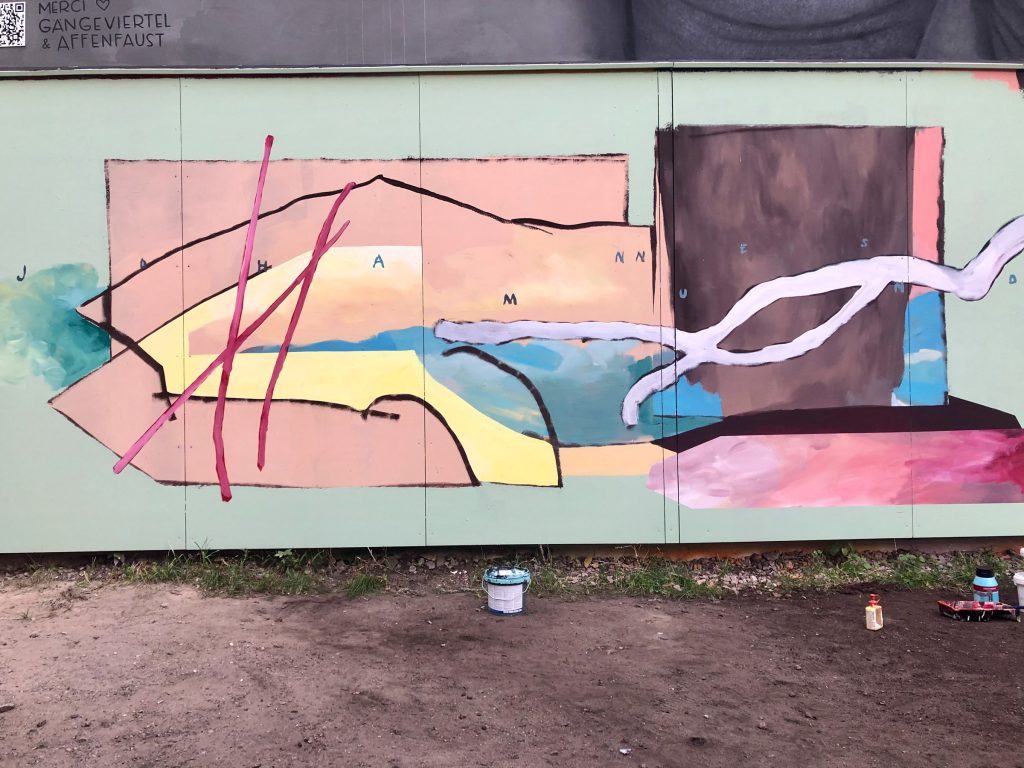

What or who do you currently feel is missing in the art scene?
First of all, I feel that the art scene – at least in Berlin – is so diverse that there’s space for everyone and everything.
What I find problematic doesn’t really come from within the scene itself. It’s more about funding cuts, the restriction of artistic freedom that comes with the political shift to the right, and the fact that society seems to crave heroes – meaning that often it’s not the work itself that matters most, but everything around it: the status, the hype. I know quite a few artists who create incredibly interesting work but are too shy or simply not visible enough.
You are a couple, both artists and parents. How do you experience the intersection of artistic work and parenthood? What challenges or new perspectives come with it?
After the birth, I took a complete break for a few months, and even now I’m working only a little so I can spend as much time as possible with our young child. At the same time, I try to give my partner the space to have time for her studio and exhibitions.
Do you have a “golden tip” for other artists with caregiving responsibilities?
It might still be a bit too soon for me to give solid advice. But for now, I’d recommend having as much of a financial cushion as possible – and spending lots of time with your child.
You work both in public spaces and in the gallery context. What does this shift mean to you – and does your approach change depending on the space?
Art in public space is visible to everyone, and I feel it has a greater impact because it reaches people who would never go to a museum or gallery. In conversations with passersby or the local regulars, I notice time and again that my work really triggers a process, especially with images that appear very abstract. In the exhibition space, on the other hand, people usually bring along a drawer full of prior knowledge – and in fact, painting here is often one of the less progressive forms of art. That makes it easier for me to attribute greater relevance to murals in public space.
What would you like to express with your current work here at the WALL+? In what way does the location – the Gängeviertel in Hamburg – influence your work?
When painting walls, I enjoy looking at the surroundings and incorporating them, so that the image truly emerges for the place and isn’t just a completely interchangeable piece that could just as well be somewhere else. A particularly striking feature here in the Gängeviertel is, of course, the mural by Coco Bergholm, which is painted above the Wall+ wall. I didn’t want to completely ignore it, so I arranged my work around an imagined continuation of that motif


You often work on projects with other artists – what drives you in this?
I enjoy bringing people together. Together with Daniel Hahn, for example, I run the virtual space Raum www, and sometimes good ideas for exhibitions emerge that I prefer to realize without long-term planning. The traveling exhibition Hausarbeit was raffled off to private households, in the nature outside Berlin we invited people to the Neue Nationalparkgalerie, and most recently we worked with 130 artists to transform an abandoned phone booth I had discovered while out walking.
How would you describe the development of the urban art scene in recent years?
I’d say that 15 or 20 years ago, the street art scene was, on the one hand, more stylistically homogeneous, and on the other, clearly focused on the street and public space. Now, it feels like everyone who paints walls is also doing a lot of exhibitions, and walls are more often painted for festivals or as commissions, rather than in abandoned places and just going for it. But maybe that’s just my perception, because that’s been my own path — and that of many from my “generation.
We love your contributions to the ongoing art project Feldforschung! The term is originally from anthropology and sociology – how would you describe its meaning in your artistic practice?
I call my project “field research,” for which I travel into rural areas in search of barns to paint with motifs that emerge from conversations with local residents and neighbors. That said, my approach is not scientific at all — for me, the focus is on the exchange and the painting itself. Still, it’s fascinating what I learn along the way about local conflicts, social changes, and personal stories.



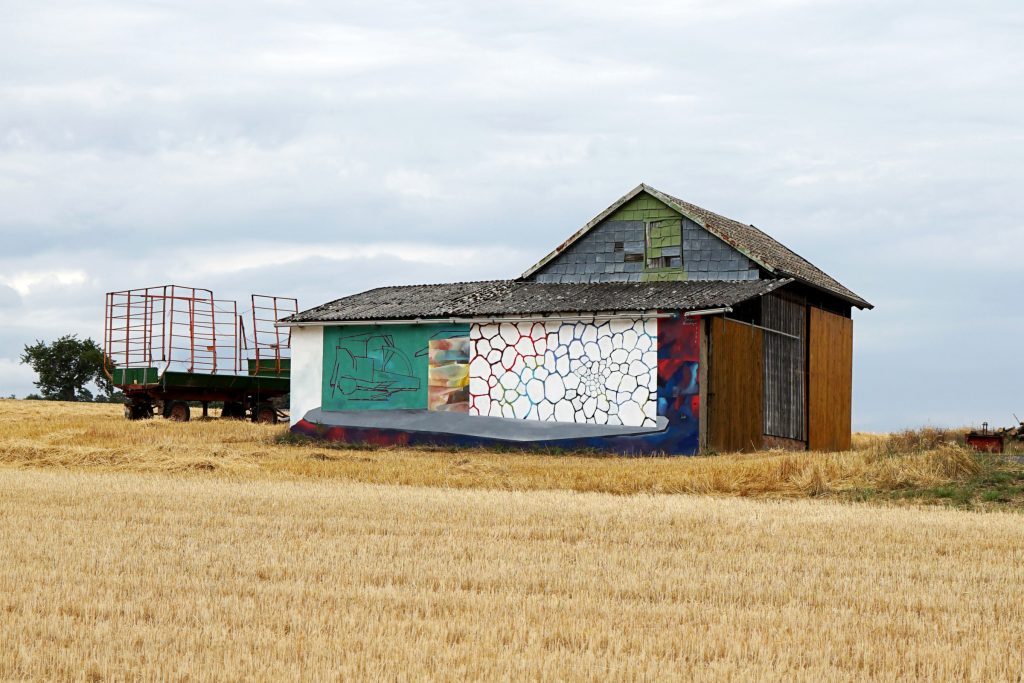
jmundinger.de
instagram.com/johannesmundinger
bsky.app/profile/johannesmundinger.bsky.social
180 views
Categories
Tags:

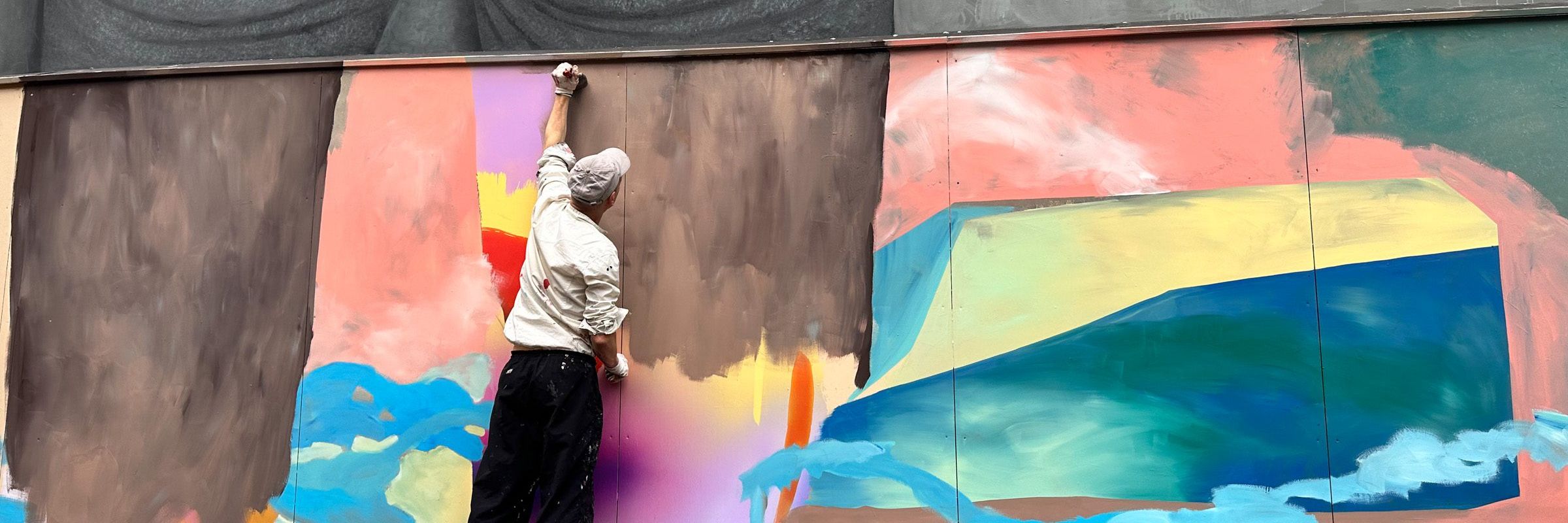
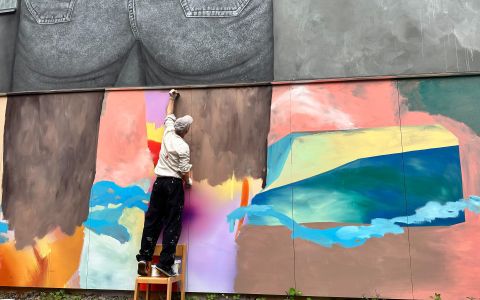
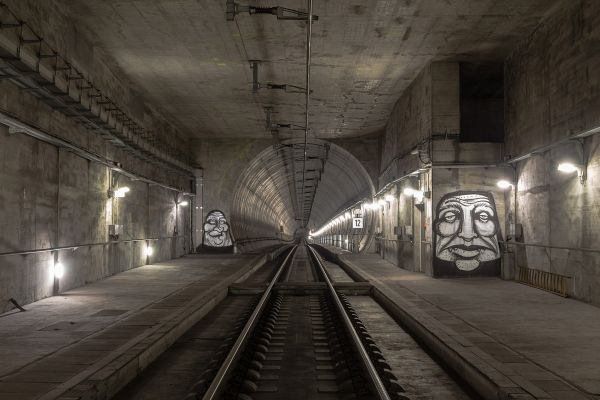
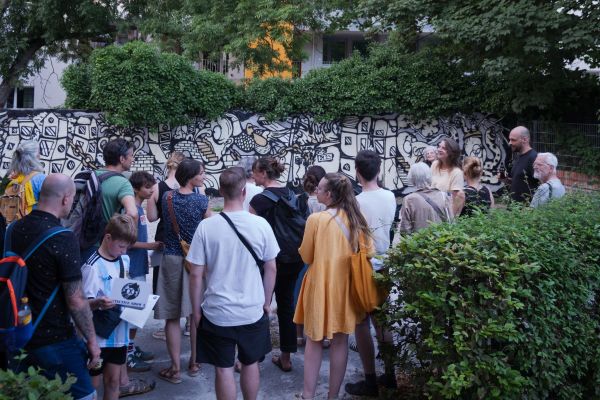
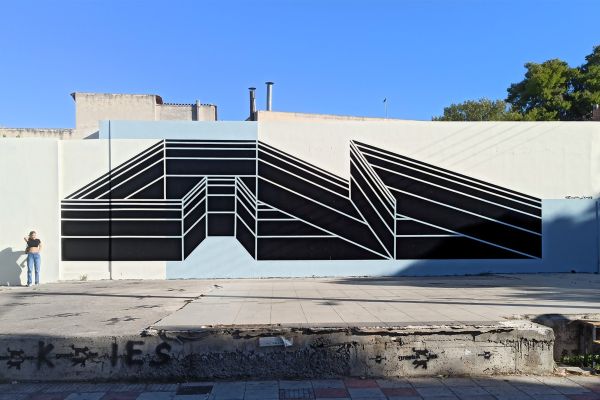
Leave a Reply